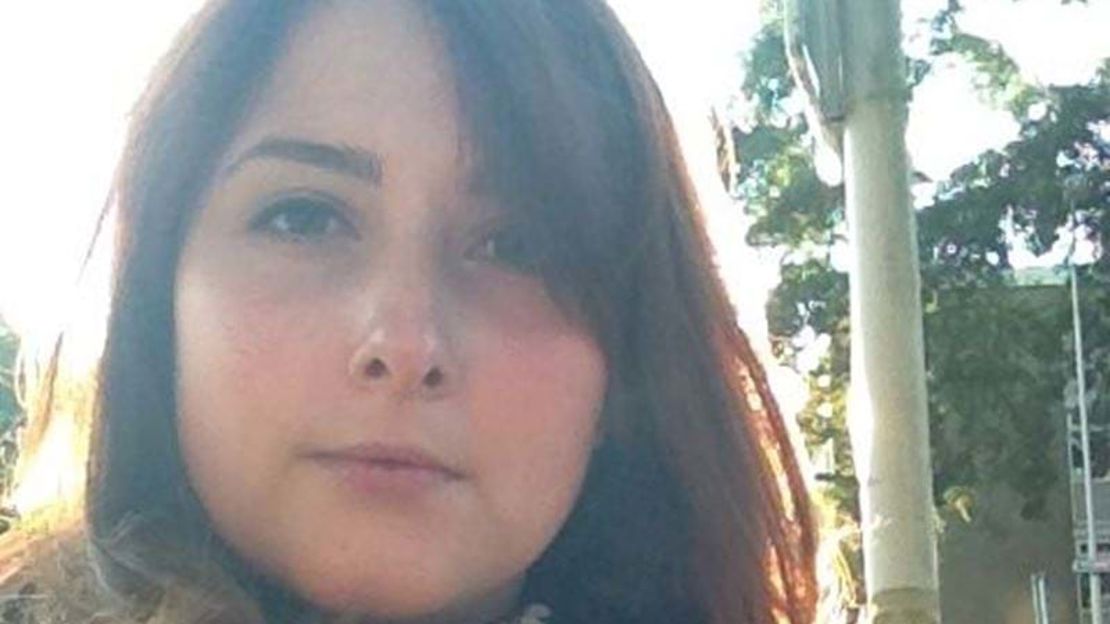After studying for a BA in Animation and interning with animation studio Trickstudio Lutterbeck, Bianca realised she loved working in a studio team environment.
She went on to complete an MA in Directing for Animation at the NFTS, as well as another internship at Aardman Animations. After various freelance roles, she decided to shift her focus to storyboarding, and participate in the ScreenSkills (then known as Creative Skillset) Lupus Films’ Visual Storyboarding for Animation course.
“I realised after four years of doing all these different types of freelance jobs that, though I loved it all, I had to start pointing my arrows back to my long-term goal which is to direct in film and TV. So, I decided to shift my focus on storyboarding. The programme seemed to be a great kick-off point for this.”
The course taught Bianca how to use Toon Boom Storyboard Pro – the software that she still uses daily: “Through the course we were also offered the chance to purchase Storyboard Pro at an affordable discounted rate. I still use this version for nearly all my freelance and personal storyboard work I do at home. So it really did have a big impact on my career.” The programme also included exercises such as storyboarding to an audio track and storyboarding scripts from existing shows.
She decided to focus on storyboard work after the completing the course. Thanks to building contacts with the team at Lupus Films, she secured a training position with the company under a scheme supported at the time by ScreenSkills and went on to work for Cartoon Network.
“Initially, starting a career in storyboarding made the most sense, as it’s a pretty common career path towards directing. But once I started storyboarding professionally everything fell into place for me. I don’t have a specific personal style, and always change visual style and technique whether in animation or illustration. I love all the jobs, and I have an interest in everything. And once I started storyboarding, I realised this was because I really love focusing on the story we want to tell.”
While the Visual Storyboarding course kick-started Bianca’s career as a storyboard artist, her career development was already closely linked with ScreenSkills. The NFTS Animation MA she studied was part-funded by ScreenSkills - and after the storyboarding programme she also completed two additional online courses thanks to bursaries.
Bianca believes that taking time to understand the roles of the wider team within a studio has been key to getting to where she is now.
“One of the most impactful moments in my career was during my internship at Aardman. I requested 15 minutes of everybody’s time for them to tell me what they do - so not just animators, but also designers, storyboarders, directors, and, most of all, the different production roles. Understanding what each of them did, and from what angle they had to approach the same production really made me appreciate everyone’s role in a production even more. So since then, when I deliver my work and/or communicate with different departments, I try to think of what I can do for them in my job role to make it easier for them.”
A storyboard artist’s typical day will often involve juggling long-term deadlines – once every week or two.
“If I am in the first pass, I will have the script next to me on my desk and start boarding from that. I usually do tiny thumbnails in the margins of the pages for myself as mental notes to how I saw the film playing in my head while I read the script. Then I use those as basis when I properly board it out in Storyboard Pro, going back and forth to the script.”
At this stage, focus is key: “It’s like trying to transport water from one place to another with a leaky cup; if I do it fast and focused enough there is a chance most of it will get across.”
She also warns that the greatest misconception about storyboarding is that it happens solely at the start of production: “Script and storyboard are intertwined; it’s like part one and two. So storyboard is still very much part of pre-production. Writing doesn’t stop when it goes to storyboard, we continue writing but now with visuals instead of words.”
Ultimately, the job of a storyboard artist lies in visual problem solving – something Bianca enjoys greatly: “We naturally will start hitting some issues as part of this process, like; it’s too long, this scene doesn’t work, there is too many locations, we can’t afford this complicated animation, etc. So you really have to go back to the core, which is the story we want to tell, and try and think of how you can tell that story in the best possible way within the limitations of a production. Whenever you find a solution to these problems and it not just solved the issue but made everything even better, it’s fantastic.”
